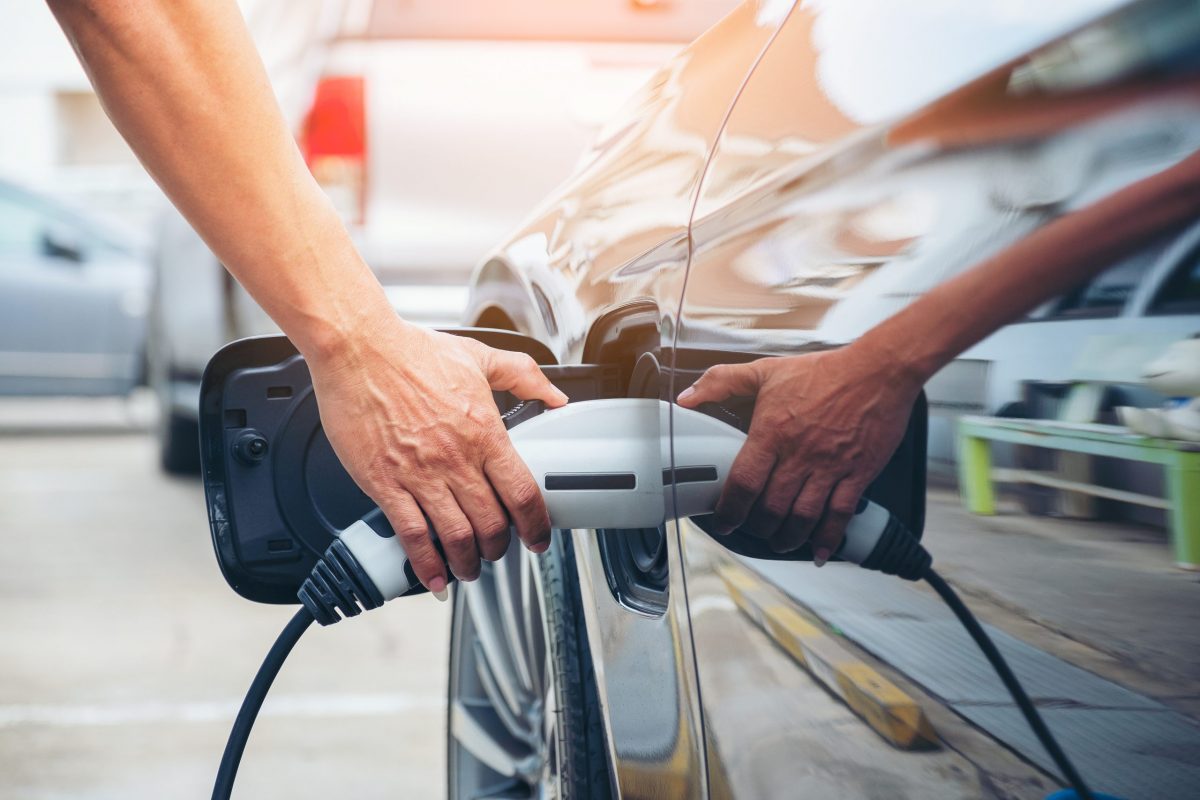Tesla Motors’ new S-1 registration statement filed with the US Securities and Exchange Commission, which signifies that an initial public offering (IPO) can only be just around the corner, presents a unique opportunity to study more closely a business model that may become increasingly common in the auto industry in coming years. While the IPO may represent what is claimed to be the first public offering from a US OEM since Ford Motor Company debuted its shares in 1956, what is probably of more interest, especially to investors, is the fact that it would represent the market debut of what is described as “the first and currently only company to commercially produce a federally-compliant highway-capable electric vehicle.”
Although details of the Tesla IPO remain under wraps, especially with regard to the amount of capital to be raised and when, the registration statement contains an invaluable snapshot of what could prove a successful business model for bringing EVs to market on a commercial footing. While other future new-generation EV OEMs may choose different business models – the relatively low-volume ambitions of Tesla have to be acknowledged – the Tesla case study is undoubtedly a useful reference point, albeit one that comes with multiple health warnings. For legal and other reasons, IPO prospectuses inevitably contain a fairly comprehensive list of what are generally referred to as “business and industry-related risk factors”, but in the case of Tesla’s registration statement, this list runs to a truly staggering 64 separate items covering 45 pages of the document’s 172-page main text.
Tesla’s basic strategy is straightforward – to design, manufacture and sell high-performance fully electric vehicles and advanced electric vehicle powertrain components – and success with this strategy is evident. As of 31 December 2009, the Californian company had sold 937 of the Tesla Roadster model to customers in 18 countries. It also operated a total of ten of its own retail stores in North America and Europe, thereby retaining sales and servicing as part of its own operations, eschewing the normal franchising route taken by traditional OEMs.
Although details of the Tesla IPO remain under wraps, the registration statement contains an invaluable snapshot of what could prove a successful business model for bringing EVs to market on a commercial footing.
In addition, Tesla has utilised a combination of standard components and innovative technology to engineer what it claims is currently the lowest cost battery pack when measured as a function of cost per kilowatt-hour. A relationship with key shareholder Daimler is already underway that will see the delivery of 1,000 battery packs and chargers for the smart fortwo. A US$50,000 Model S sedan is scheduled for launch in 2012 and Tesla already claims 2,000 customer reservations.
With the aid of a US$450m US Department of Energy loan, Tesla will also create an integrated manufacturing facility for the Model S as well as an electric powertrain production facility in the near future. But what of the 64 risk items?
Tesla makes no secret of the fact that, success with basic strategy notwithstanding, financial performance to date has resulted in an accumulated deficit of US$236.4m on revenue of just US$108.2m. Equally importantly, a key risk item states: “We have a history of losses and we expect significant increases in our costs and expenses to result in continuing losses for at least the foreseeable future.” The statement continues: “We believe that we will continue to incur operating and net losses until at least the time we begin significant deliveries of the Model S, which is not expected to occur until 2012, or possibly later.”
“We have a history of losses and we expect significant increases in our costs and expenses to result in continuing losses for at least the foreseeable future.”
Another risk item notes: “Our production model for the non-powertrain portion of the Model S is unproven, still evolving and is very different from the non-powertrain portion of the production model for the Tesla Roadster.” The Tesla Roadster has only been produced in low volume quantities and the body is assembled by Lotus in the UK, with the final assembly by Tesla at its facility in Menlo Park, California for sales destined in the US. The Model S will be produced in higher volumes in the company’s planned manufacturing facility and with a much higher degree of complexity.
In what should probably be flagged as a warning of some magnitude, Tesla notes: “We plan to introduce a number of new manufacturing technologies and techniques, such as a new painting process and aluminum spot welding systems, which have not been widely adopted in the automotive industry.”
For many investors, such financial and operational warnings may fail to outweigh the lure of taking a stake in a new-generation OEM that mixes entrepreneurship, leading-edge vehicle and powertrain technologies and significant market growth prospects. Tesla’s business model is functioning, but it is far from complete in structure. It is also far from generating commercial returns. And as the company’s IPO statement makes abundantly clear, bringing EVs to market within a sustainable corporate framework is a highly risky business for any OEM of either the new or old generation. Surely this is a case of “let the investor beware.”
The opinions expressed here are those of the author and do not necessarily reflect the positions of Automotive World Ltd.



